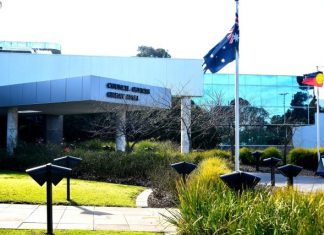The state government’s rural zone reforms pave the way for the
“erosion” of Melbourne’s green belt growth boundary, according to a
former senior Victorian planning manager.
The government announced its final stage of planning zone reforms
on August 14, after its release of residential zone reforms on July 1
and July 15.
Victoria has six rural zones – farming, rural living, rural activities, two green wedge zones and a rural conservation zone.
RMIT professor of planning and environment, Michael Buxton, said
changes to rural conservation zones and a high number of planning
exemptions could see an increase in development in Melbourne’s
semi-rural fringe suburbs.
Professor Buxton spent 12 years in senior management with
Victorian government planning and environment agencies, and the
Victorian Environment Protection Authority.
The reforms give rural and regional councils greater opportunity
to start and operate rural industries, “encouraging agricultural use of
land”. The reforms are intended to allow councils to consider “more ‘off
farm’ income streams on farms”.
Mr Buxton said the number of industry enterprises that would be allowed in rural conservation areas was too high.
Permit exemptions in such areas will include plant nurseries, markets, rural industries, recycling services and schools.
“People in the green belt don’t want to see the green belt turned into quasi-urban uses,” Mr Buxton said.
Planning Minister Matthew Guy said the zone reforms “ensure the
structures of country planning zones are determined by country people”.
The city of Whittlesea is made up of green wedge zones, rural conservation zones and farming zones in the municipality’s north.
Whittlesea established areas planning manager Maria Cooke said council supported the government reforms.
“They will lead to positive outcomes for farmers seeking to sell produce on their land.’’
But Wollert Protect Our Heritage spokeswoman Pam Clune said she agreed with Mr Buxton’s comments.
“[I] strongly call for maintaining our natural beauty landscapes,” she said.
Hume city sustainability director Kelvin Walsh said the council did not have any concerns with the reforms.
“Primarily our non-urban areas are within the green wedge [zones].
The minor changes to those zones are unlikely to have any practical
affect on land uses in these areas.”
The reformed rural zones will be gazetted on September 5.
» For more information on government zone reforms, visit dtpli.vic.gov.au/planning






